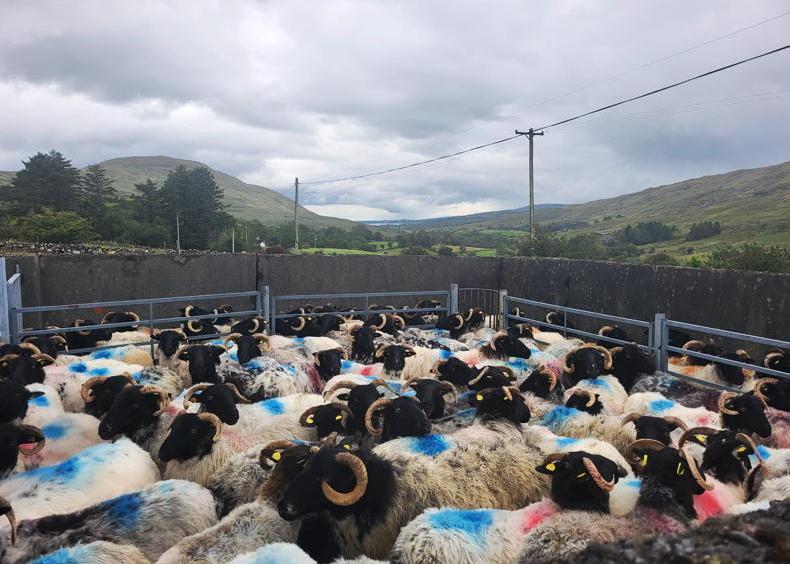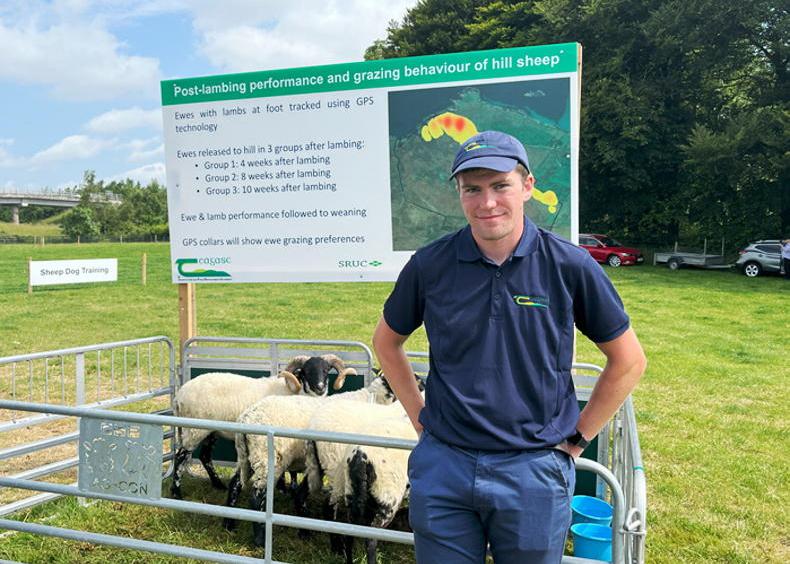Organic farming
This week’s main sheep feature is a report from last week’s Teagasc hill sheep conference. As detailed, there was strong interest in organic farming on the night.
The questions and answers session included many queries relating to the high cost and availability of organic feed. This is a big consideration farmers need to take account of, as with concentrates reported as costing from €850/t to €950/t it can have big implications for your business.
Teagasc’s Damian Costello also highlighted that for farms currently converting it is important to remember that there are no organic milk replacer or colostrum substitutes available, and that lambs must be fed on maternal milk for at least 45 days.
He said the options available are to collect colostrum from earlier lambing ewes that may have a surplus or to cross foster.
Where neither of these options is a runner it is permitted to use conventional products, but lambs receiving such feed must be tagged and sold conventionally.
Another important point for those considering converting is that post-weaning at least 60% of the daily dry matter intake must comprise of forage, eliminating intensive finishing systems.
There is no issue with outwintering sheep provided cross compliance requirements are adhered to. Where animals are housed, at least 50% of the floor space must be bedded solid flooring.
Non-organic straw can be used and the space allocation is 1.5m2 for ewes and 0.35m2 for lambs.
Health planning is also seen as key to prevent the need to use veterinary medicines, and a health plan must be drawn up and signed off by your vet.
Animals can receive treatment on welfare grounds where there is a demonstrated need. Where animals are treated, the withdrawal period must be at least doubled and even tripled in cases.
The level of funding on offer through converting to organics is big, but farmers also need to be fully aware of what effect converting may have on their business.
It is advisable to consult an organic specialist and consider doing the organic course provided by Teagasc / National Organic Training Skillnet to inform your decision.
Space allocations
With ewes in many flocks entering the final weeks of gestation, pressure on space is likely to be ramping up for many.
The size of ewes has a big bearing on recommended space allocations for restricted or concentrate feeding.
The recommended allocation for large-framed ewes weighing in the region of 90kg is 600mm, reducing to 500mm for ewes weighing 70kg and 400mm for ewes weighing in the region of 50kg.
In practice all ewes in a pen should be able to access concentrate feed, when offered, with relative ease. Any limitations can possibly give rise to injuries/abortion or nutritional-related issues such as twin lamb disease.
Marketing hoggets
There have been numerous queries regarding buying for Ramadan (starts approximately 22 March), with lots of reports of sellers possibly holding hoggets in the hope of higher demand and a price lift.
At a price of €465/t, a hogget consuming 1kg to 1.2kg concentrates daily is costing €3.25 to €3.90 per week on concentrate costs alone.
Market forecasts regarding potential price increases are uncertain, and the merit in retaining hoggets which are fit for slaughter or have seen their performance stagnate is questionable.










SHARING OPTIONS